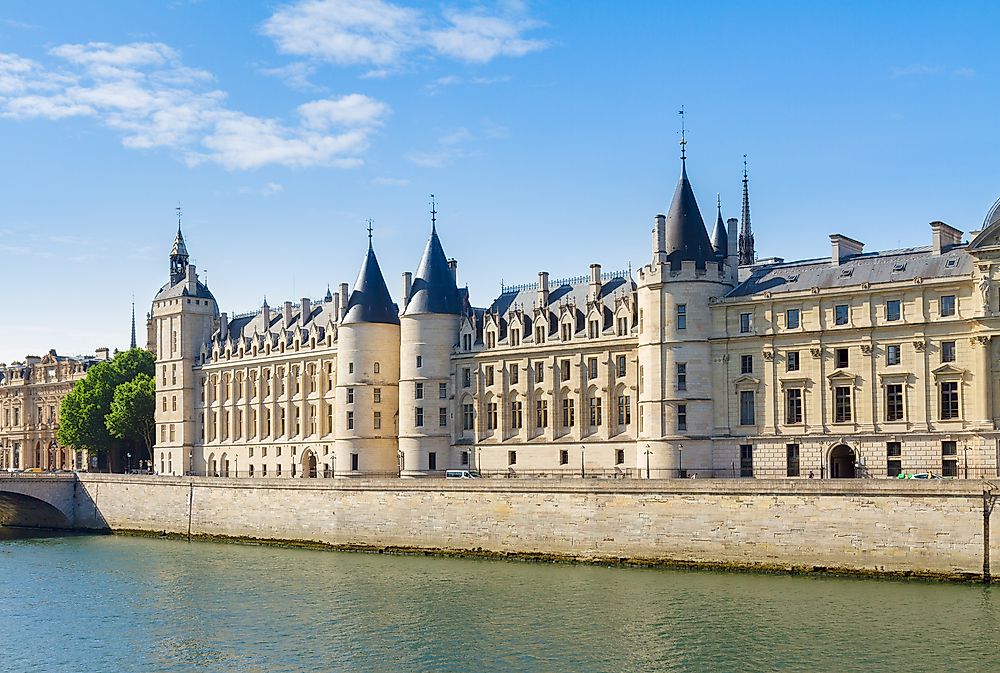Architectural Buildings of the World: Conciergerie

Located in the western part of the Ile de la Cite, La Conciergerie is a famous buildings in France holding years of history from the medieval times through the French Revolution to the modern day. The Conciergerie is a medieval building constructed during the 12th century. Most of the architectural components of the building reflect the medieval heritage, French religious, and secular heritage, and a touch of the royal flair. Although some parts of the building are renovated, other parts such as the Hall of Men in Arms and the Women’s Yard still hold their ancient medieval glory. Also standing are the Caesar Tower, the Silver Tower, and the Bonbec Tower.
History
Constructed as an extension of the Merovingian palace, the Conciergerie served as the residence of the medieval Kings of France between the 10th and the 14th centuries. During the reign of these kings, the palace was modified and fortified incorporating various features of French architecture. During the reign of King Charles V, the royal residence was transferred to the Louvre Palace (Louvre Museum) leaving the Conciergerie in the care of a Concierge appointed by the King. It eventually developed into a Palace of Justice (Palais de Justice) and a prison, later serving as the seat of the parliament of Paris. The palace regained political importance with the onset of the French revolution and with it the infamous reign of terror.
The Reign Of Terror
During the French revolution, the Conciergerie became the main prison both for common criminals and for political prisoners. The Reign of Terror lasting from September 1793 to July 1794, saw the death of more than 40,000 prisoners out of whom more than 2000 were executed on the guillotines. The prisoners were allowed to pay for rooms of their liking. The rich often afforded well-furnished rooms while the poor prisoners lived in deplorable conditions within the abandoned dungeons in the buildings. The prisoners often died from diseases such as the plague, caused by poor sanitary conditions. Among some of the notable prisoners were the dethroned Queen of France, Maria Antoinette, Madame du Barry, and Madame Elisabeth. Trial and execution occurred within a very short period hardly having enough time to prepare a defense. The prisoners had no chance to appeal in case they were not acquitted.
Post-revolution
After the revolution, the palace continued to serve its purpose as a prison for important prisoners like Napoleon III. Marie Antoinette’s cell was modified into a memorial chapel, with the statue of Marie Antoinette seated at the table with her prayer beads. The Conciergerie currently stands as a historical monument in France and one of the major tourist attractions in the country. Reconstruction to most of the rooms in the late 20th century vividly depicts the history of the building particularly during the French revolution by showing the conditions in which the prisoners lived. Small sections of the building are open to the public while most of the other rooms serve as Parisian Law courts. Courts located within the building include the Superior Court, the Supreme Court, and the Court of Appeal.











